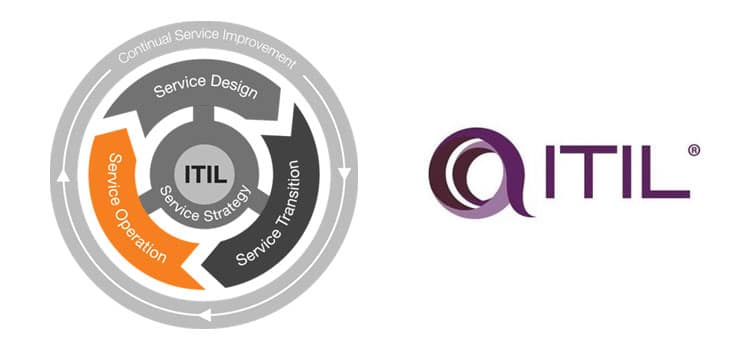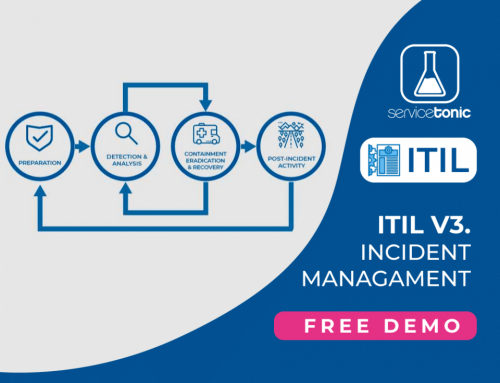All phases of the service lifecycle provide value to the organization, but it is in the Service Operation where the customer sees the value. ITIL Service Operation must help the business achieve its goals.
Table of Contents
Service Operation is the phase where the ROI is more effective and efficient
The strategy in this phase is to carry out the necessary measures to provide the Service within the established service-level agreement, and provide the expected value.
The deficiencies in strategy, design and service transition come to light; we could say that Service Operation is the beneficiary and/or victim phase of everything done in the previous phases.
Service Operation will collect all the metrics defined in Service Design and will report it to Continuous Improvement of the Service, which will identify the level of achievement of the objectives set out in the strategy and also point out the necessary measures to improve the service.
Balance in Service Operations
Stability against responsiveness
Customers expect their operating environment to be stable, but at the same time, they want the improvements to be implemented quickly.
Too much focus on stability can lead to a rigid system, which is not fast enough to suit the changes required by the environment in which the business operates. Too much focus on responsiveness can lead to unnecessary additional costs and/or instability in the environment.
Quality versus cost
Operation Services must seek a compromise between quality and cost. A service may offer a 100% of availability, but not all customers need, nor have the resources to afford it.
Too much focus on cost can lead to poor quality of service, but excessive focus on quality can lead to unnecessary investment.
Functions
Service Desk
It provides a single point of communication between users and the service provided, and a point of coordination between groups and service processes.
Technical Management
It provides technical knowledge and resources required to manage the infrastructure that supports the services.
Application Management
It is responsible for managing applications throughout their lifecycle.
IT Operations Management
It is responsible for carrying out routine activities essential to provide services.
Processes
Event management
Monitors all events that occur in the service infrastructure and alerts of situations that could become an incidence.
Incident management
Restores interrupted or degraded services as soon as possible in order to minimize the business impact.
Service Request Management
It provides information to users through the service catalog and a channel to apply predefined and pre-approved services.
Problem Management
It diagnoses the root cause of the incidents occurred, provides workarounds to incident management in order to restore services as soon as possible and it proactively takes action to detect and prevent future incidents.
Access Management
Gives access to authorized users and prevents access to unauthorized users.
Operational Services is the phase where the return on investment takes place, providing value to both customers and the service provider, and must protect that value delivering the service in the most effective and efficient possible way. – Manuel Molero, CTO ServiceTonic



